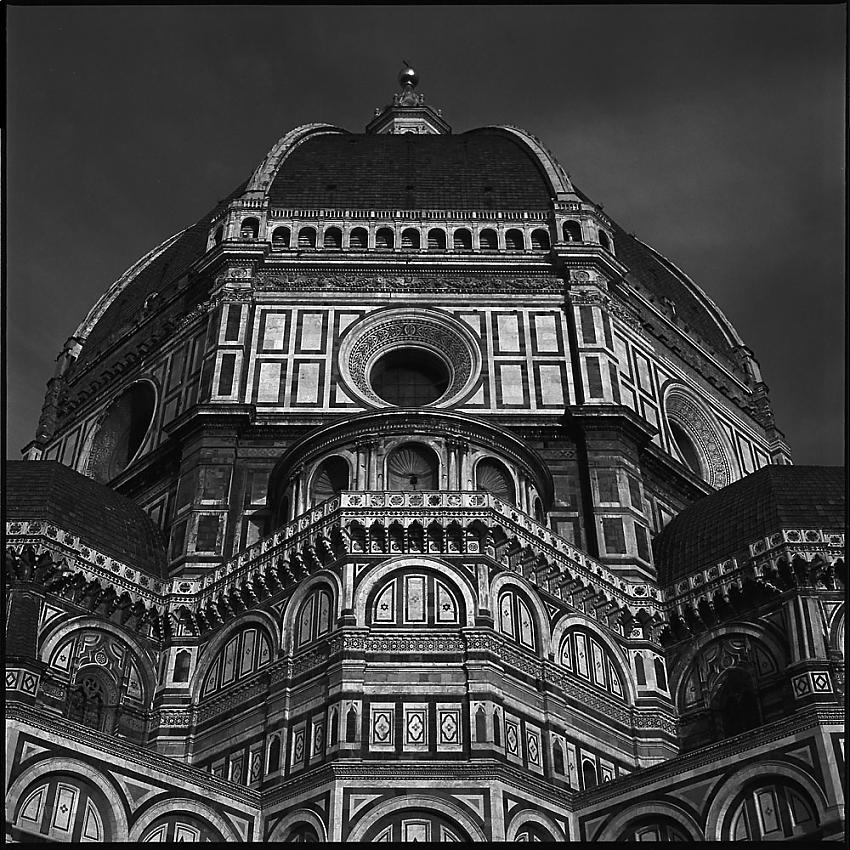Juan Valdenebro
Member
I got a couple of 100 ft. rolls of Tri-X and a few 120 rolls, so I decided to be ready for direct sunlight too: something I do with HP5+ often, but not with TX.
Until today, I think I never used TX for a direct sunlight scene in my life, so this is my first time...
Today I started testing D-76 1+2 and 1+3 at 22C with a few different times and exposure indexes...
I think in my first test I didn't get good shadow detail: not even at 200... So I did a second test...
Is someone using Tri-X400 for sunny scenes?
Any link to some discussion or essay on sunny Tri-X? I couldn't find anything...
I remember I've read -a few times- comments on how unexpectedly slow Tri-X can be for rich shadows in high contrast, and today I read someone claiming real speed of Tri-X in Xtol doesn't reach 200 for rich shadows, only 160, and in D-76 100 or 80...
I see detail on my negatives (detail in the shadows) only in my shots done at 50 and 100, but close to nothing at 200 (!) and blank shadows at 400...
Film is fresh, and I've used it these days perfectly at 640 and 1600 for overcast and pushing (D-76 and Microphen).
I meter well: my incident sekonic says the same my cameras say for middle reflectance scenes, and my incident reading is the same as my spot metering on well placed gray card...
It's just as if Tri-X was slower now in D-76... I felt the same when I was testing it some days ago for soft light in D-76 1+1...
Is it possible that current Tri-X was in some way optimized for Xtol and then it became a bit slower in D-76?
By the way, all the Tri-X I used in recent years was several years old frozen Tri-X, and it worked well with D-76: I think this is the first time I use current Tri-X, because its numbering and font seemed new to me...
Thanks.
Until today, I think I never used TX for a direct sunlight scene in my life, so this is my first time...
Today I started testing D-76 1+2 and 1+3 at 22C with a few different times and exposure indexes...
I think in my first test I didn't get good shadow detail: not even at 200... So I did a second test...
Is someone using Tri-X400 for sunny scenes?
Any link to some discussion or essay on sunny Tri-X? I couldn't find anything...
I remember I've read -a few times- comments on how unexpectedly slow Tri-X can be for rich shadows in high contrast, and today I read someone claiming real speed of Tri-X in Xtol doesn't reach 200 for rich shadows, only 160, and in D-76 100 or 80...
I see detail on my negatives (detail in the shadows) only in my shots done at 50 and 100, but close to nothing at 200 (!) and blank shadows at 400...
Film is fresh, and I've used it these days perfectly at 640 and 1600 for overcast and pushing (D-76 and Microphen).
I meter well: my incident sekonic says the same my cameras say for middle reflectance scenes, and my incident reading is the same as my spot metering on well placed gray card...
It's just as if Tri-X was slower now in D-76... I felt the same when I was testing it some days ago for soft light in D-76 1+1...
Is it possible that current Tri-X was in some way optimized for Xtol and then it became a bit slower in D-76?
By the way, all the Tri-X I used in recent years was several years old frozen Tri-X, and it worked well with D-76: I think this is the first time I use current Tri-X, because its numbering and font seemed new to me...
Thanks.
Last edited:













